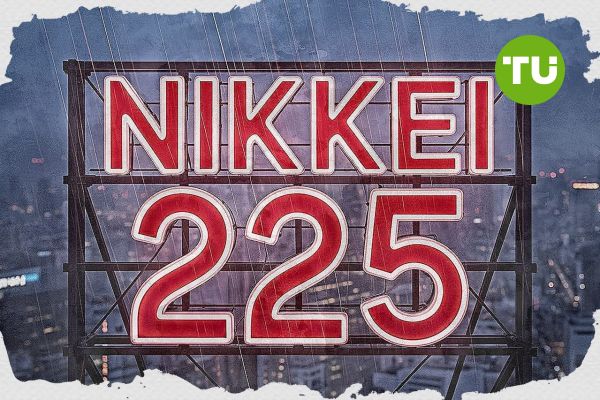Nikkei 225 index stalls near 40,000 as bulls digest tariff risk and overbought structure
 Nikkei 225 stalls below 40,000 as bullish momentum pauses
Nikkei 225 stalls below 40,000 as bullish momentum pauses
The Nikkei 225 ended Tuesday with modest gains, rising 0.26% to close at 39,689 after briefly testing levels near the 40,000 mark. The benchmark index has been consolidating in a tight range since peaking near 40,900 last week, as investors weigh the implications of newly announced U.S. tariffs and signs of momentum fatigue.
Highlights
- Nikkei 225 closes at 39,689 after testing 40,000, up 0.26% on the day.
- 25% U.S. tariff on Japan effective August 1 adds trade uncertainty.
- Price stalls below 41,000 resistance amid narrowing Bollinger Bands and waning momentum.
President Trump’s confirmation of a 25% tariff on Japanese exports, effective August 1, has reignited trade concerns, though the figure is lower than the initially proposed 35%. Japanese officials have reiterated their commitment to reaching a compromise with Washington, and positive current account data offered a temporary lift to investor sentiment.
Resistance caps rally as 41,000 zone looms overhead
Technically, the Nikkei 225 is encountering heavy resistance between the 40,000 and 41,000 levels—a zone that has historically triggered profit-taking since late 2023. The daily chart reveals price action stalling beneath this barrier, with consecutive indecisive candles and upper wicks indicating exhaustion. The index remains above its key support zone around 39,300 to 39,500, but failure to reclaim 40,300 could result in a deeper retracement toward the 38,800 to 39,200 range.

Nikkei 225 index price forecast (Source: TradingView)
On the 4-hour chart, the 20 and 50 EMAs have flattened at 39,600 while Bollinger Bands have narrowed, indicating compression and a potential volatility breakout. The broader trend remains constructive as long as price holds above the 38,500 breakout zone, but confirmation of bullish continuation will require a decisive close above 41,200.
Momentum weakens as investors await breakout signal
Short-term trend indicators are showing early signs of fatigue. On the 4-hour chart, Supertrend has flipped neutral, while DMI readings reflect weakening bullish bias with ADX dropping below 25. The Nikkei may continue to chop within its current range until macro catalysts—such as progress in U.S.–Japan trade talks—trigger the next directional push.
Previously, we discussed that Nikkei’s structure was building toward a macro breakout, provided it cleared sustained resistance near 40,000. While the broader uptrend remains intact, momentum divergence and tariff headlines are creating a pause. This consolidation phase remains constructive unless 38,500 is breached, which would risk triggering a shift in market sentiment.













































































































































